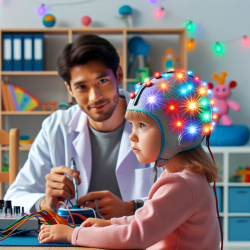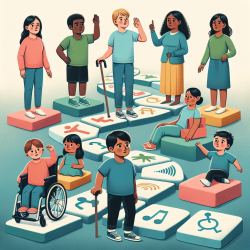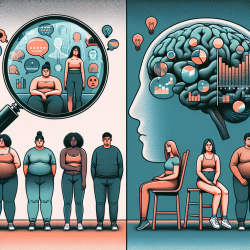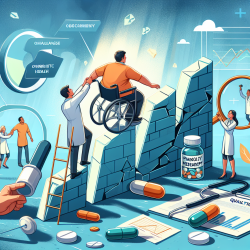Empowering Change: Harnessing tDCS for Autism Therapy
In the ever-evolving landscape of autism spectrum disorder (ASD) treatment, innovative approaches are continually being explored to improve outcomes for children. A recent pilot study titled "Transcranial Direct Current Stimulation Modulates EEG Microstates in Low-Functioning Autism" offers promising insights into the potential of transcranial direct current stimulation (tDCS) as a therapeutic tool for ASD.
Understanding the Study
The study, conducted by Kang et al., investigated the effects of tDCS on EEG microstates and Autism Behavior Checklist (ABC) scores in children with low-functioning autism. The researchers compared EEG microstates between children with typical development (TD) and those with ASD, further dividing the ASD group into a tDCS (experimental) and sham stimulation (control) group. The study revealed significant differences in microstates A, B, and D between children with TD and those with ASD. Notably, the experimental group showed improvements in microstates A and C and ABC scores post-tDCS, unlike the control group.
Implications for Practitioners
For practitioners in the field of speech-language pathology and related disciplines, these findings offer a data-driven rationale for incorporating tDCS into therapeutic practices. Here are some actionable insights:
- Embrace Innovation: Consider integrating tDCS into treatment plans for children with ASD, particularly those with low-functioning autism. The study's results suggest that tDCS can modulate brain activity and improve behavioral outcomes.
- Monitor EEG Microstates: Utilize EEG microstate analysis as a tool to assess and monitor changes in brain activity. This can provide a more objective measure of treatment efficacy beyond traditional behavioral assessments.
- Collaborate with Neurologists: Work closely with neurologists and other healthcare professionals to ensure a comprehensive approach to tDCS application, including proper electrode placement and stimulation parameters.
- Advocate for Further Research: Encourage further studies to validate and expand upon these findings. Larger sample sizes and diverse populations can help establish tDCS as a mainstream treatment option for ASD.
Conclusion
The potential of tDCS as a viable treatment for ASD is an exciting development. By leveraging the insights from this study, practitioners can enhance their therapeutic strategies and contribute to the growing body of research in this field. As we continue to explore innovative approaches, our ultimate goal remains clear: to create better outcomes for children with autism.
To read the original research paper, please follow this link: Transcranial Direct Current Stimulation Modulates EEG Microstates in Low-Functioning Autism: A Pilot Study.










